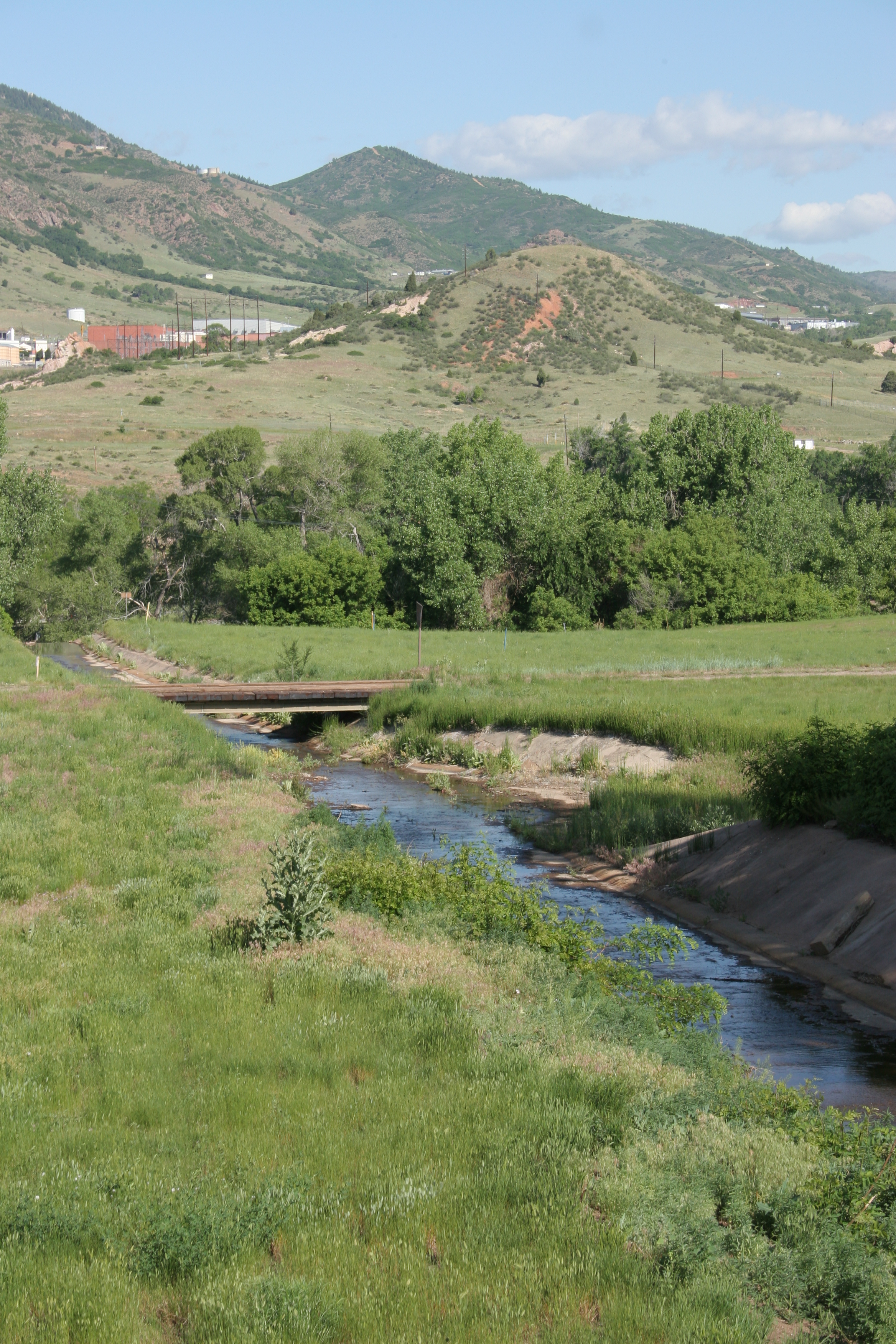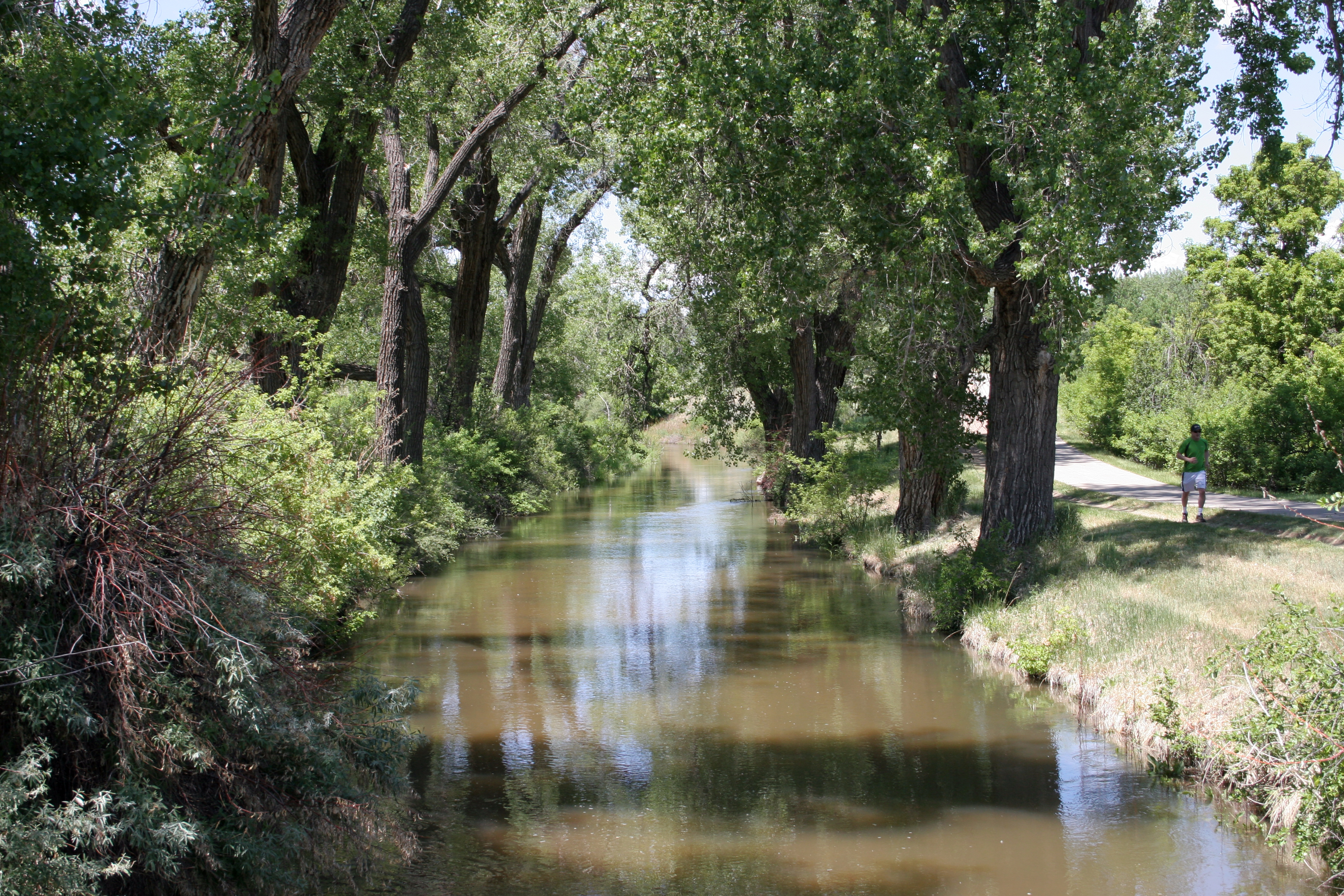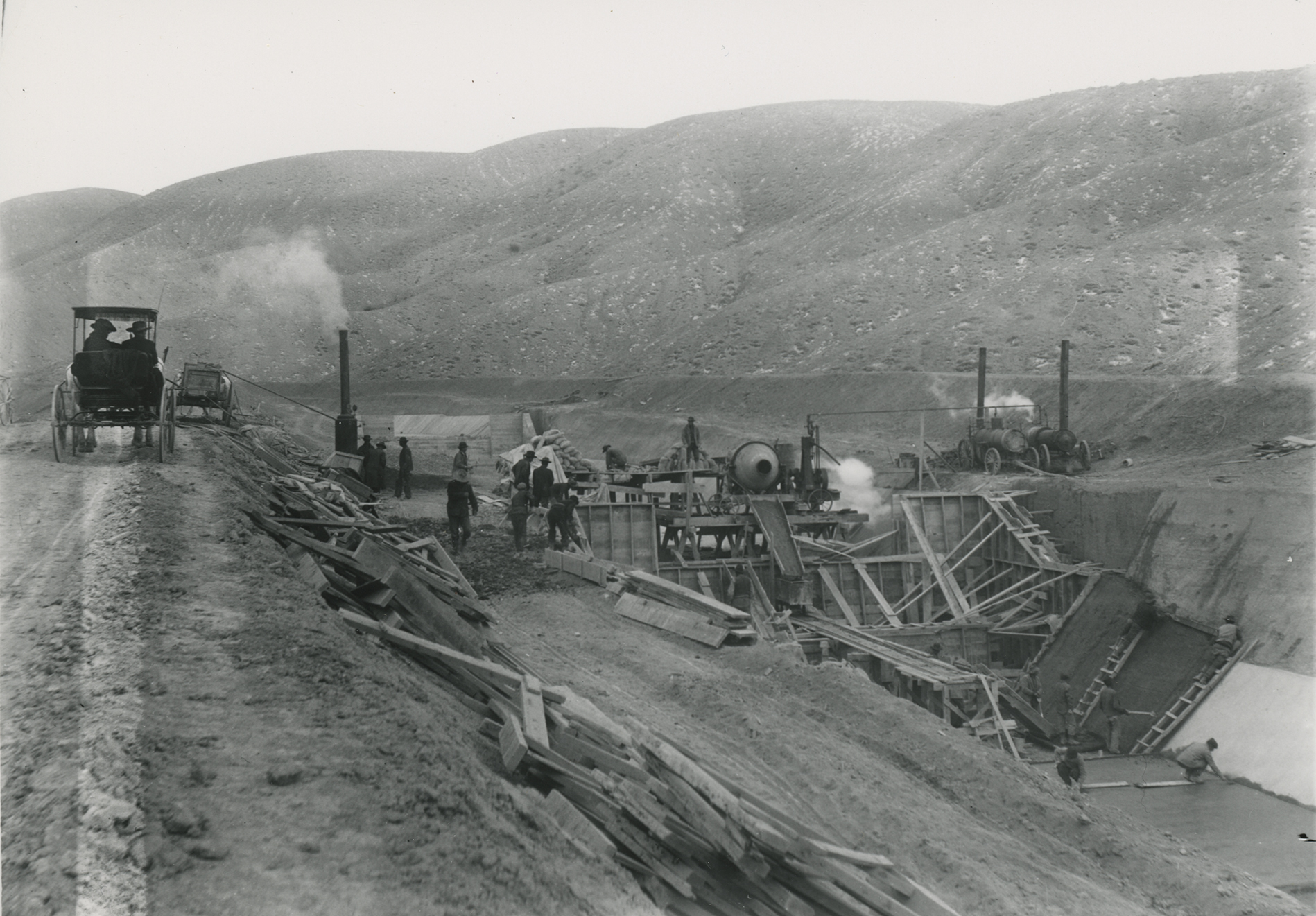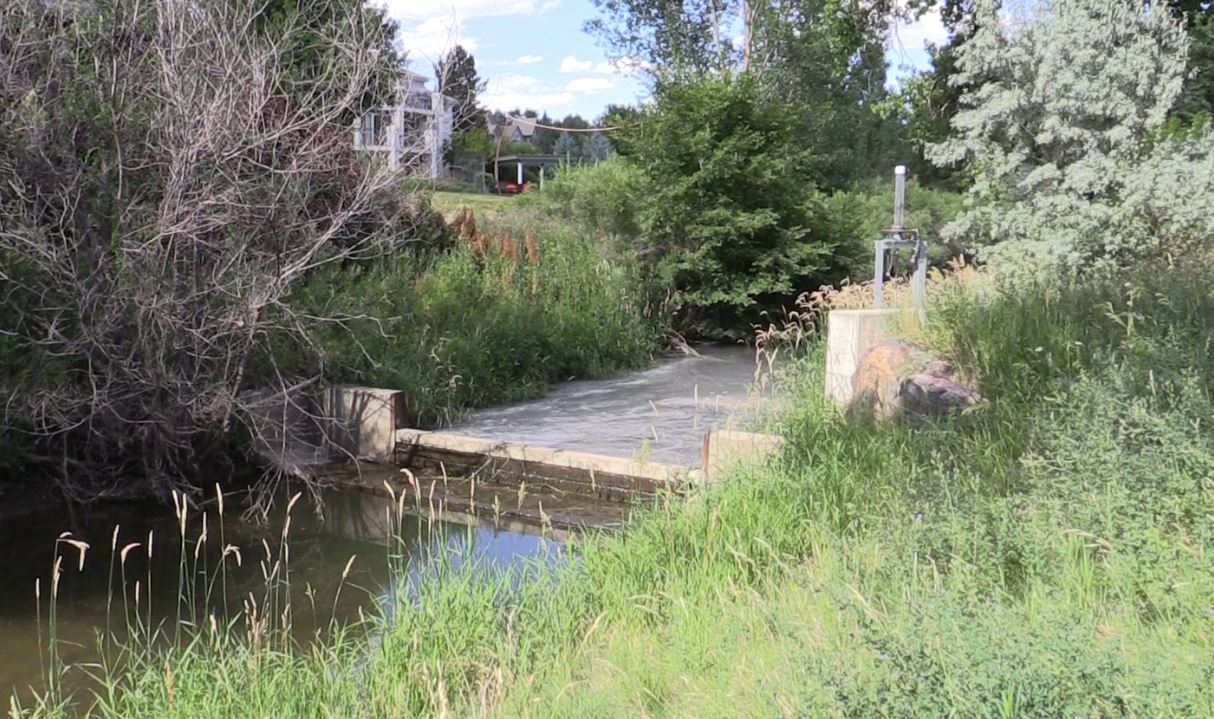
‘Thinking big’ about the future of the High Line Canal
The future of Denver Water’s historic High Line Canal is beginning to take shape with a new Vision Plan aimed at preserving and enhancing the 71-mile irrigation ditch and its recreational trail.
The community-driven plan is the result of six months of community outreach and strategic thinking led by the High Line Canal Conservancy. The plan included insight from Denver Water along with the cities, counties and districts along the canal.
“This plan provides new life for the regional legacy into the next century,” said Harriet Crittenden LaMair, High Line Canal Conservancy executive director. “It will guide all decisions, improvements, maintenance and projects related to the High Line Canal.”
Thousands of people attended community forums in 2016, providing feedback on what they would like to see happen to the canal and their priorities looking to the future. A new video showcases the events of 2016 and highlights the key aspects of the Vision Plan.
The next step is for the public to weigh in on the Conservancy’s Framework Plan during two open houses in April 2018. (Visit the High Line Canal Conservancy for open house information.)
The Framework Plan is a five- to 10-year comprehensive blueprint on how to implement enhancements and improve the visitor experience along the High Line Canal trail.
The public will be able to review plans for improved signage, street crossings, stormwater opportunities and tree canopy maintenance.
Preserving the canal’s unique natural environment was ranked as the No. 1 concern among the people who attended the 2016 Vision Plan meetings, said LaMair.
Also on the list: keeping the canal peaceful, maintaining the trail, preserving the 71-mile-long ecological and recreational thread, improving trail crossings and signage, adding bathrooms and benches, and respecting the unique diversity of each region.
The Vision Plan documents the canal’s history and changing role in the community, and presents five guiding principles aimed at preserving natural beauty, connecting communities, respecting various communities and characteristics, coordinating trail management and developing ways to enhance recreational experiences.
The Denver Board of Water Commissioners approved a resolution supporting the Vision Plan on March 8, 2017.
“The role of the canal has evolved over the past 100 years to provide more emphasis on recreation," said Jim Lochhead, Denver Water CEO/manager.
Engineering marvel
Workers dug the High Line by hand and finished it in 1883 to divert water from the South Platte River in Waterton Canyon to farmers and ranchers on Denver’s dry plains.
Denver Water purchased the canal in 1924 and still uses it today to deliver water to approximately 70 customers. The water in the canal does not go through the drinking water treatment process and is used for irrigation and landscaping ponds. Denver Water opened the maintenance road next to the canal as a recreational trail for the public in 1970.
The canal, once an engineering marvel, is not an efficient means of delivering water, said Tom Roode, Denver Water’s chief of operations and maintenance.
About 70 percent of the water seeps into the ground or evaporates before it reaches customers. In dry years, the canal’s junior water right prohibits using the water at all, and Denver Water has been working to find more efficient and reliable ways to meet the needs of canal customers.
With fewer customers using the canal today, there is less water flowing to support the ecosystem that has thrived on the canal’s water for decades.
These challenges spurred Denver Water to partner with the High Line Canal Conservancy to create the Vision Plan.
“One of the goals of the Vision Plan is to create a sustainable natural environment along the canal,” said Roode. “Some solutions include planting drought-tolerant trees, diverting more stormwater into the canal and building stormwater detention structures.”
Denver and Greenwood Village are both planning to test stormwater projects later this year, and Douglas County is looking into another project in 2018.
“The canal’s ecosystem is evolving and will need help transitioning to a more native, drought-tolerant ecosystem,” Roode said. “Use of the canal for stormwater management could support this transition.”
Anyone interested in donating or volunteering can contact the High Line Canal Conservancy. You can also stay informed by signing up for the Conservancy’s newsletter and social media channels.




